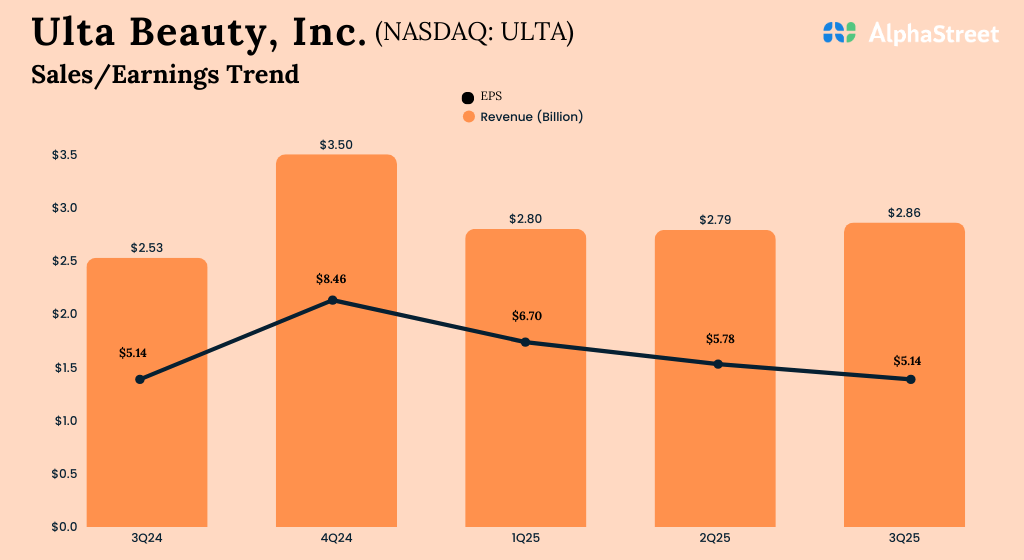Business Entity Tax Comparison – The Fundamentals
The fundamental distinction in business taxation lies between pass-through taxation and separate entity taxation. LLCs and S-Corps are pass-through entities, meaning business income “passes through” to the owners’ personal tax returns. C-Corps, conversely, are separate tax entities, creating potential double taxation but offering unique advantages in certain scenarios.
LLC Tax Advantages and Considerations
Limited Liability Companies (LLCs) offer remarkable flexibility in taxation. By default, single-member LLCs are taxed as sole proprietorships, while multi-member LLCs are taxed as partnerships. This means profits flow directly to your personal tax return (Form 1040, Schedule C, E, or F), where they’re subject to both income tax and self-employment tax (currently 15.3% on the first $142,800 of earnings in 2021).
The self-employment tax obligation represents a potential disadvantage compared to S-Corps, but LLCs maintain unparalleled flexibility, including the option to elect corporate taxation if advantageous.
S-Corporation Tax Strategies
S-Corporations also utilize pass-through taxation, but with a critical distinction from LLCs: owners who actively work in the business must receive “reasonable compensation” as W-2 employees before taking additional distributions. While salary is subject to both income and employment taxes, distributions are exempt from self-employment taxes.
This salary/distribution strategy often creates substantial tax savings, particularly for profitable businesses. However, S-Corps face restrictions, including the 100-shareholder limit and prohibition against foreign shareholders.
C-Corporation Tax Structure
C-Corporations pay taxes at the corporate level (currently a flat 21% federal rate) and shareholders pay personal income taxes on dividends received—the “double taxation” scenario. Despite this apparent disadvantage, C-Corps offer unique benefits, including broader tax-deductible fringe benefits and enhanced ability to retain earnings for growth.
For businesses planning significant reinvestment or seeking venture capital, the C-Corp structure often proves advantageous despite potential double taxation.
Direct Business Entity Tax Comparison
Consider a business generating $200,000 in profit:
An LLC owner would pay income tax plus self-employment tax on the entire amount.
An S-Corp owner taking $100,000 as a reasonable salary and $100,000 as distributions would save approximately $15,300 in self-employment taxes.
A C-Corp would pay $42,000 in corporate tax (21%), with shareholders paying additional personal taxes on any dividends distributed.
Each structure also presents distinct opportunities regarding the Qualified Business Income Deduction (Section 199A), loss treatment, and state tax considerations.
Selecting the Optimal Business Structure for Tax Purposes
Your optimal entity choice depends on multiple factors including:
Projected profitability
Capital reinvestment needs
Exit strategy
Self-employment tax exposure
Desired benefits package
Distribution requirements
Choosing the right business entity can save thousands in taxes, while the wrong choice can create unnecessary tax burdens. While LLCs offer simplicity and flexibility, S-Corps often provide employment tax advantages for profitable businesses, and C-Corps remain valuable for certain growth-focused operations despite double taxation concerns.
Remember that your entity choice isn’t permanent. As your business evolves, regular consultation with a qualified tax attorney ensures your structure continues to provide optimal tax efficiency while supporting your business objectives.
Book a free consultation with a Guardian Tax Professional today to get clear answers to your unique situation.




























